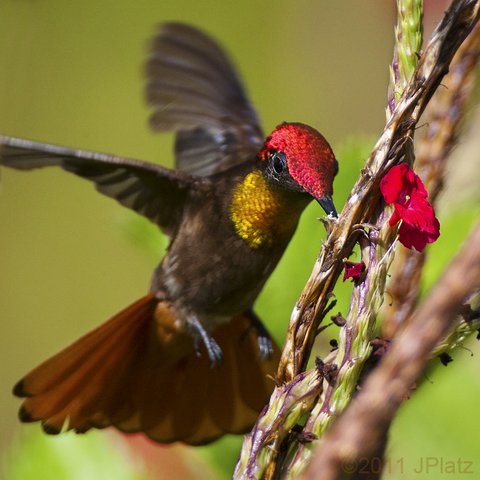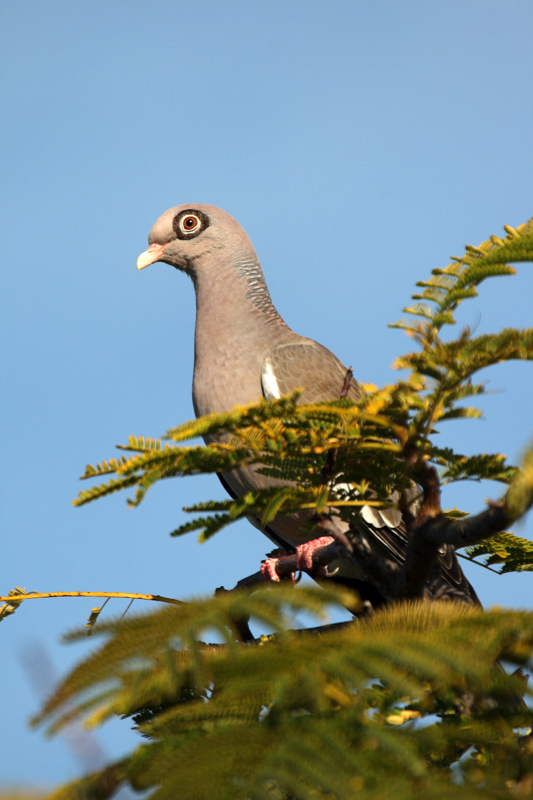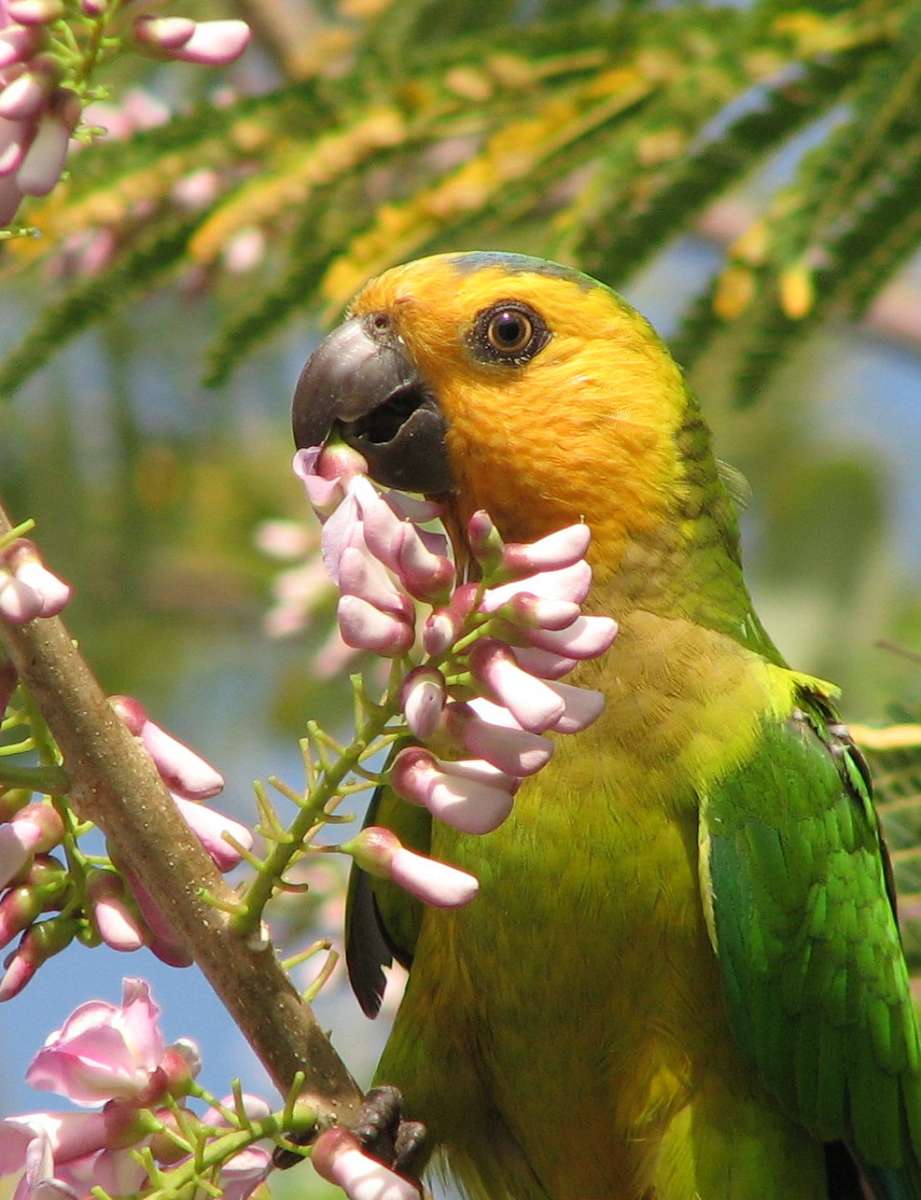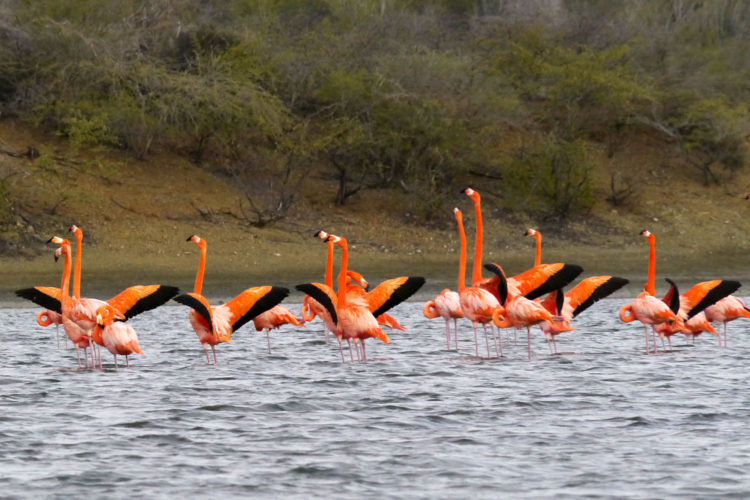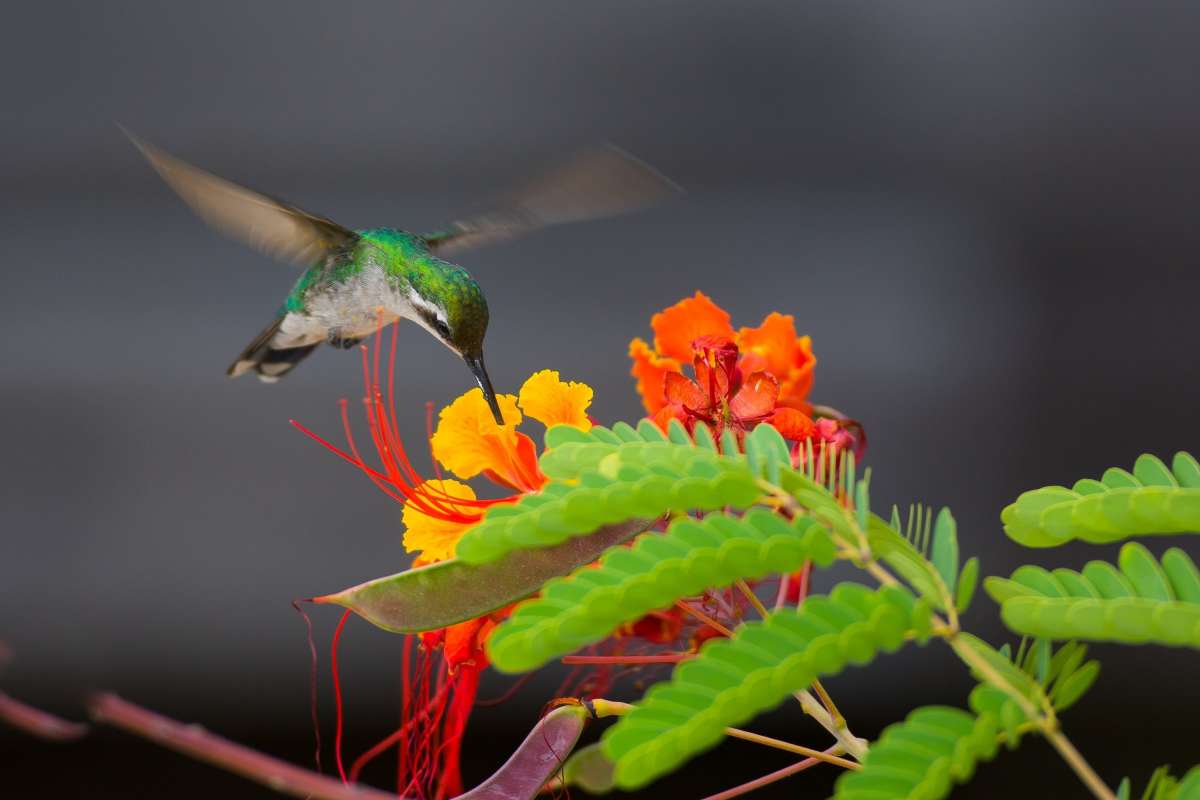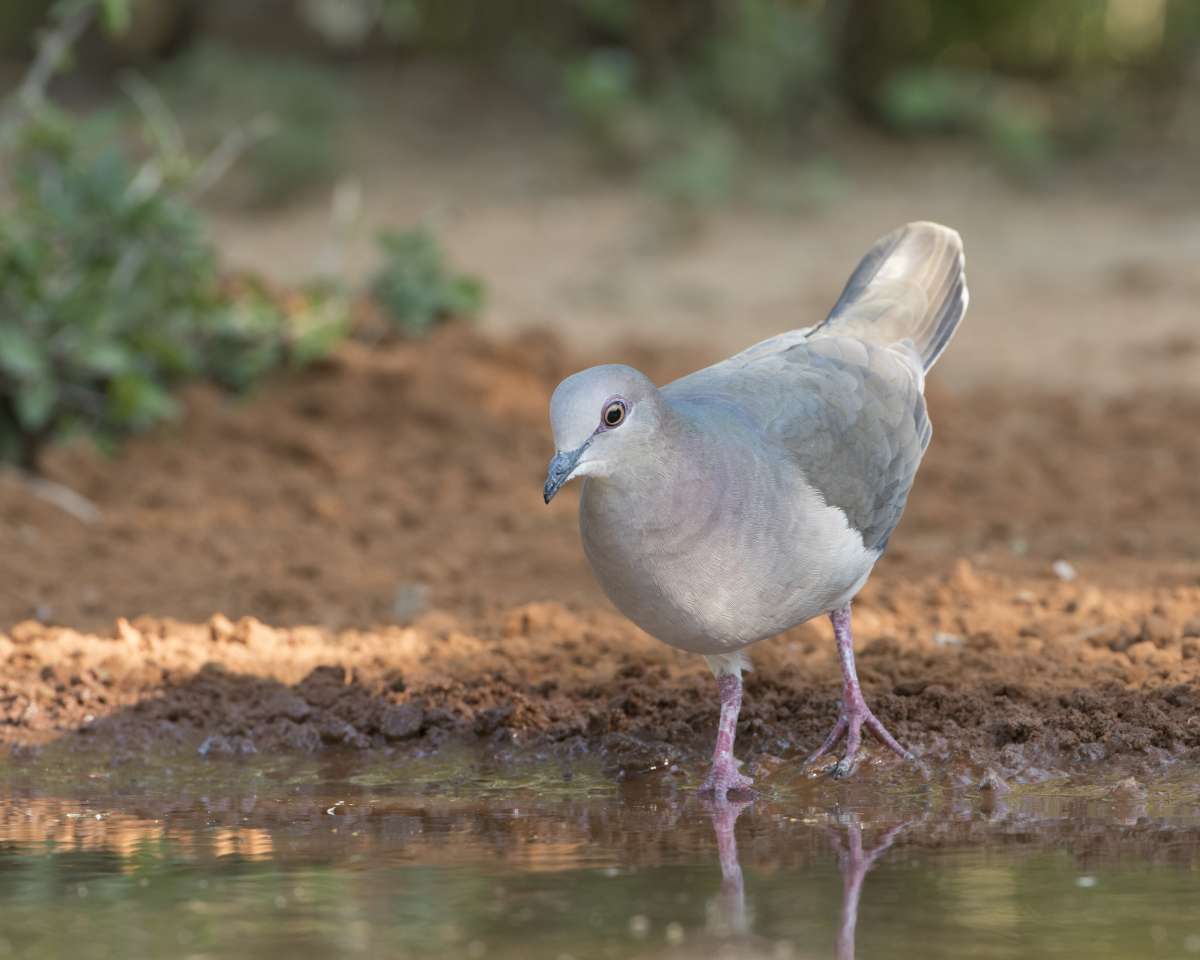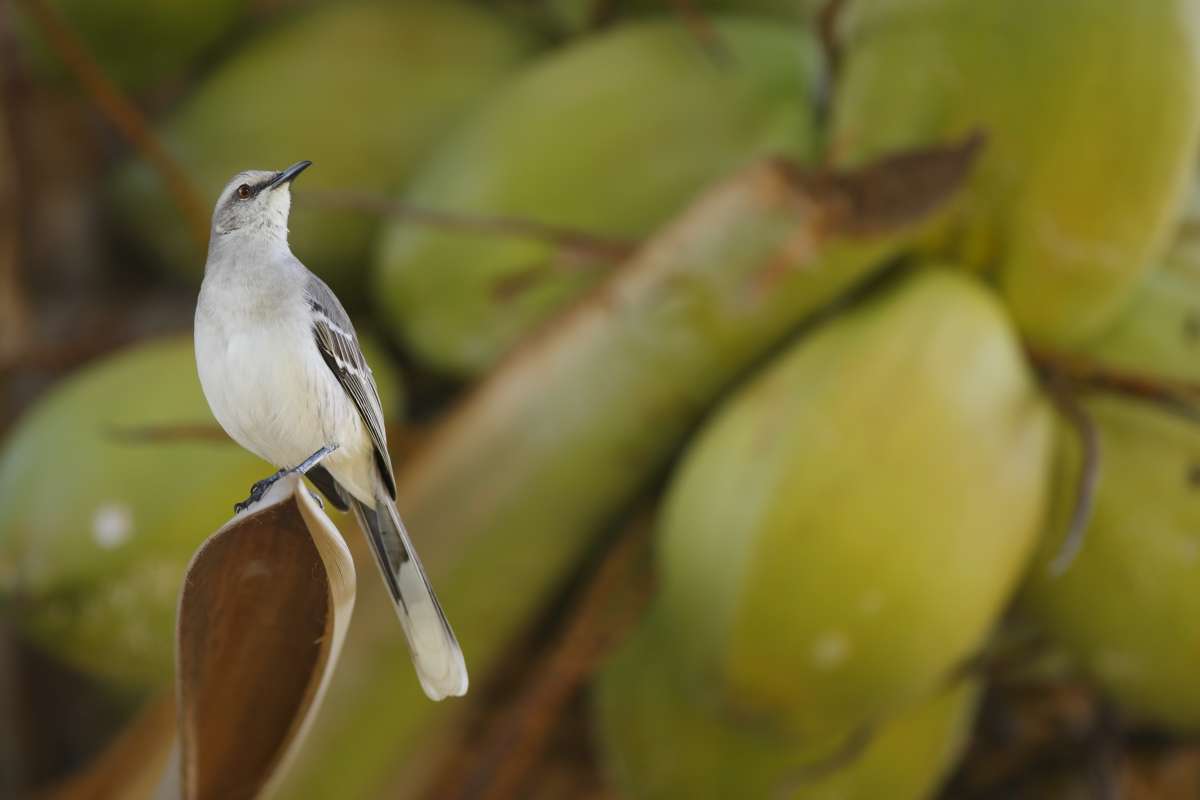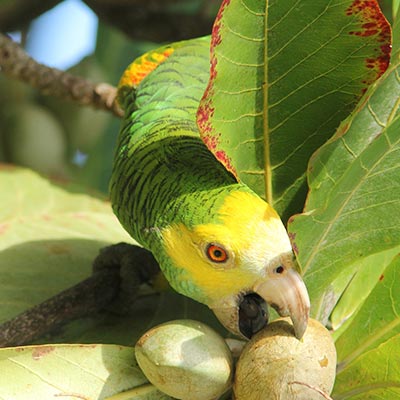Bonaire is located in the southern Caribbean (just northwest of Venezuela) and is part of the Dutch Caribbean, consisting of sister islands St. Eustatius and Saba. The island has a volcanic core and is surrounded by interesting limestone formations. The northern end of the island is where you can visit Washington Slagbaai National Park, which is dominated by hills, including Mount Brandaris, the island’s highest point.
Slagbaai was the first nature sanctuary in the Dutch Antilles, established in 1969 and covering an area of 13,938 acres. Parrots, flamingos, parakeets, iguanas, and many other species of birds and reptiles can be found within the reserve. The beaches inside the park are an important nesting ground for all four species of sea turtles found in the Caribbean.
Originally inhabited by native South Americans and comprising two of the largest and most productive plantations on the island during the colonial period, the Park is rich in cultural and historical heritage. The Park includes two RAMSAR sites (internationally important wetland sites). There are hiking routes and driving routes that can be enjoyed.
Over 210 species of birds have been recorded from Bonaire. Only 55 of these species are resident (current or former). The bird life of Bonaire is rather unique, with species of West Indian origin mixed with those originating in South America. This is demonstrated by the presence of two Northern South America biome-restricted birds, namely Bare-eyed Pigeon and Yellow-shouldered Parrot, as well as a number of more wide-ranging South American species. The Yellow-shouldered Parrot is also one of three restricted-range species that constitute the other two being West Indian birds, namely Caribbean Elaenia and Pearly-eyed Thrasher. At least 16 subspecies have been described from Aruba, Bonaire and Curaçao; four exclusively from Bonaire. The Bonaire form of Brown-throated Parakeet is particularly well-differentiated, and a subspecies of Grasshopper Sparrow found only on Bonaire and Curaçao appears vocally distinct from other North American and Caribbean forms. Similarly, vocalizations of White-tailed Nightjar from Bonaire and Curaçao are distinct from mainland forms.
Bonaire is of global importance for its waterbird populations including American Flamingo (Phoenicopterus ruber), whose numbers have fluctuated over the last 10+ years between 1,500 and 7,000 breeding individuals. Interestingly, the flamingos fly to mainland Venezuela to feed in lagoons along the coast, but are not known to breed.
Bonaire supports significant populations of breeding terns, including the “Cayenne” form of Sandwich Tern.
The flat, low-elevation southern end of the island contains the Pekelmeer Important Bird Area, once a series of shallow lagoons that have been modified over hundreds of years for salt production. Bonaire has jurisdiction over an offshore island, Klein Bonaire, situated less than one mile from the central west coast.
